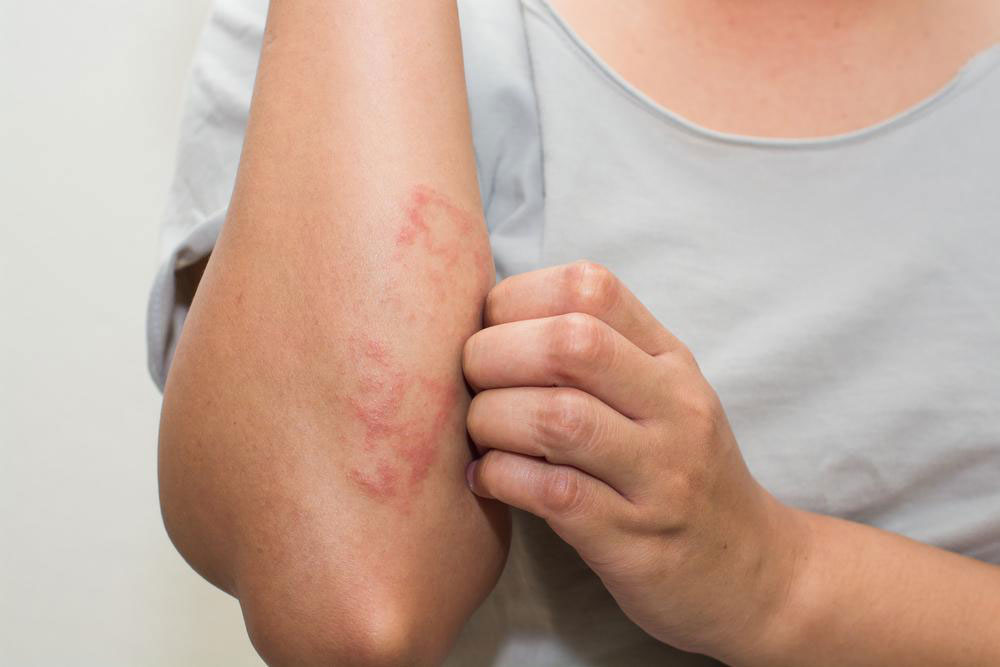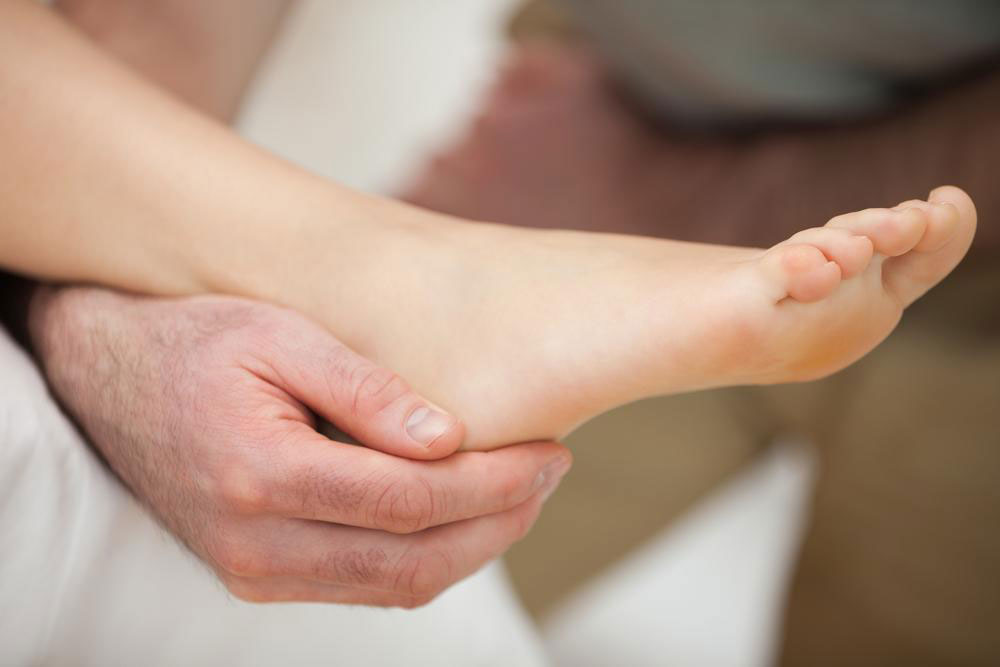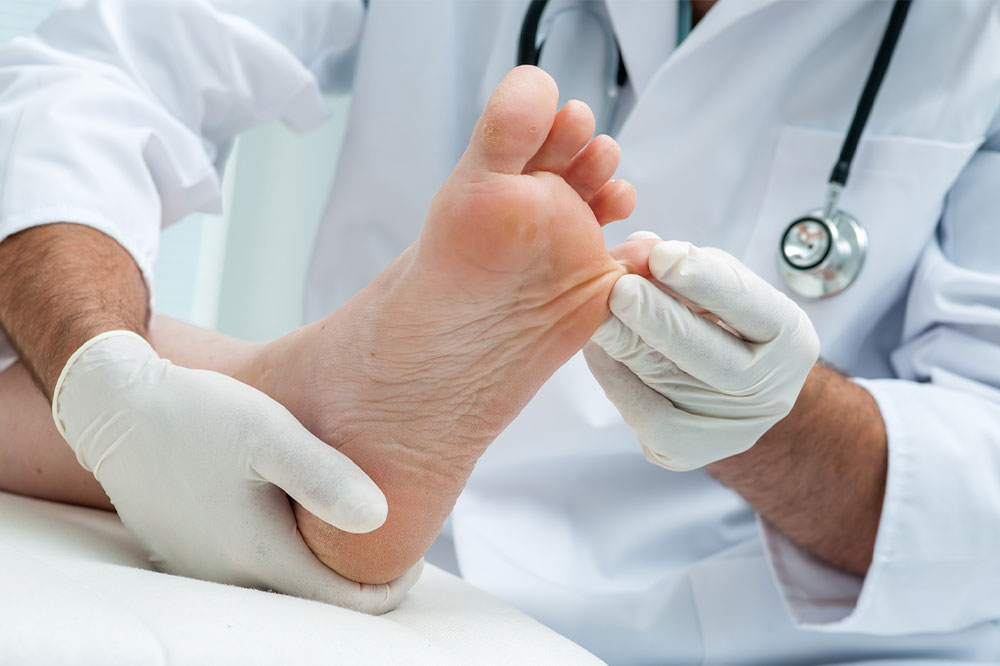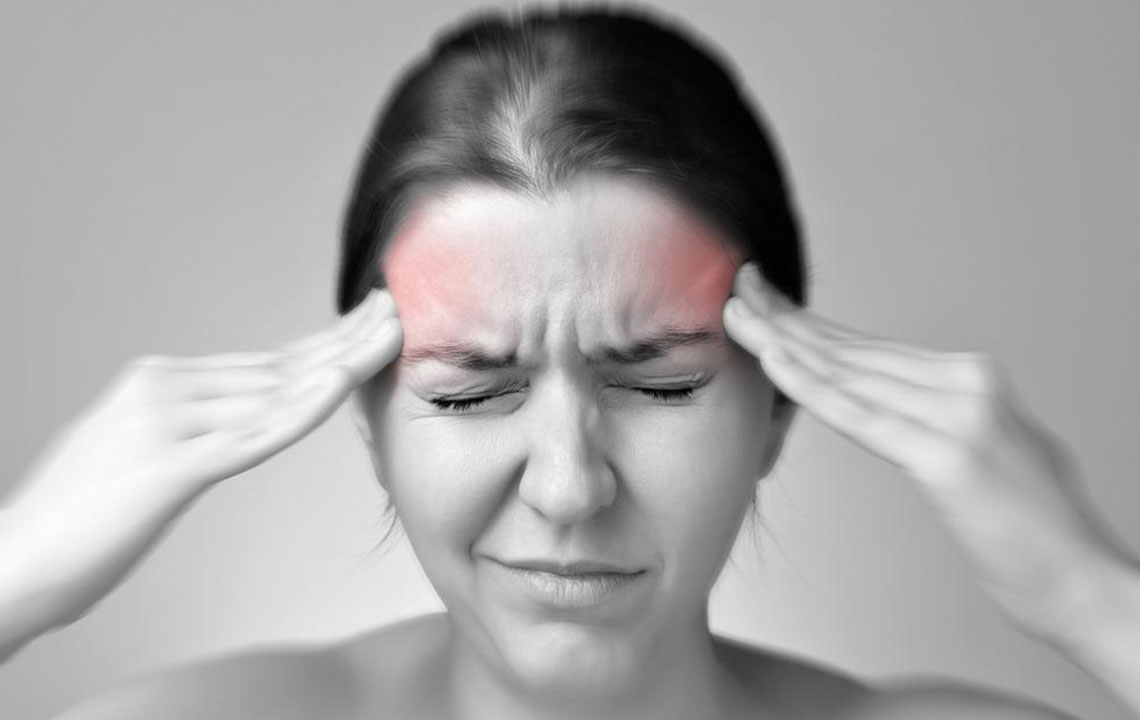Comprehensive Guide to Mycosis Fungoides: Diagnosis and Treatment Options
This article offers a detailed overview of mycosis Fungoides, covering diagnosis procedures like biopsies and blood tests, as well as treatment options including topical therapies, phototherapy, and blood treatments. It emphasizes the importance of early diagnosis for effective management of this skin lymphoma. The content is designed to inform patients and caregivers about symptoms, diagnostic methods, and advanced care strategies for improved outcomes.

Understanding Diagnosis and Management of Mycosis Fungoides
Mycosis Fungoides, also called Albert-Bazin syndrome or granuloma fungoides, is a form of skin lymphoma involving malignant T-cells. Although primarily affecting the skin, its progression can lead to internal complications. Symptoms range from mild rashes to persistent itchy plaques that may form tumors.
Diagnosing Mycosis Fungoides
When skin eruptions persist despite treatment, healthcare providers may recommend a biopsy. This involves removing a small skin sample for microscopic examination to detect cancerous cells. Multiple biopsies might be necessary. Blood tests, including counts of red blood cells, platelets, and T-cells, help in diagnosis. Flow cytometry further analyzes blood cell characteristics to identify abnormal or cancerous cells.
Treatment Strategies for Mycosis Fungoides
Remission is common even if the disease isn’t entirely cured. Early stages often respond well to skin-targeted treatments. Advanced cases may require more aggressive methods.
Topical Treatments
Corticosteroid creams, retinoid-based gels, and lotions are used for initial phases to control skin lesions. In some cases, chemotherapy drugs are administered to curb tumor growth.
Light-Based Therapy
Phototherapy uses ultraviolet light to improve skin conditions. Patients might receive medications beforehand to enhance light sensitivity. For later stages, radiation therapy with electron beams can target and destroy cancerous skin areas.
Blood-Based Treatments
Photopheresis involves drawing blood, treating T-cells with medications, then exposing them to ultraviolet light outside the body, aiming to reduce abnormal T-cell activity.










